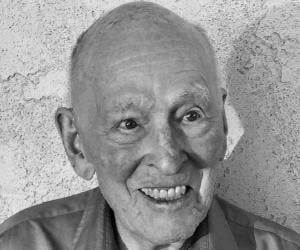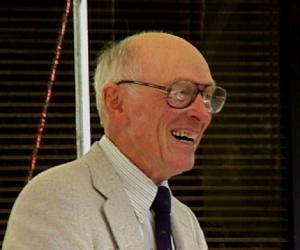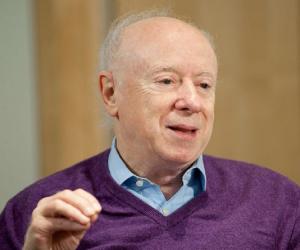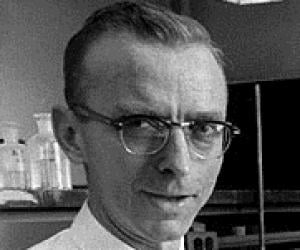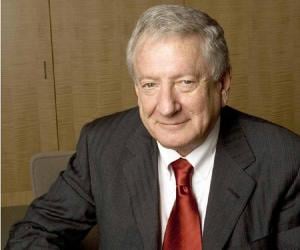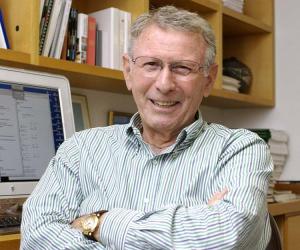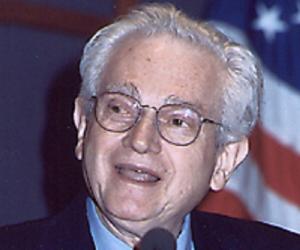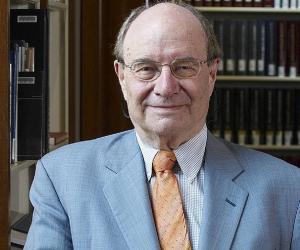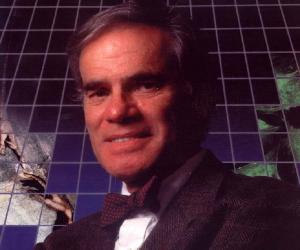Born In: Provo, Utah, United States
Paul D. Boyer
Paul Boyer was an American biochemist who was bestowed with the Nobel Prize in Chemistry in 1997, for his research on the enzymatic mechanism underlying the synthesis of adenosine triphosphate. Boyer shared his Nobel Prize with John E Walker and Jens C Skou who independently carried out important work in the field. It was due to Boyer’s intensive research and investigation that the energy that is produced and stored in plants, animals and bacteria making life possible through ATP synthase mechanism, was discovered. While plants photosynthesize the lights through the membranes in chloroplast, in animals the ATP is located in a membrane of mitochondria inside each cell. Boyer also discovered the tiniest rotary machine known to exist in humans. Boyer postulated an unusual mechanism to explain the way in which ATP synthase functions. Known as his ‘binding change mechanism’, it was confirmed by John E. Walker’s research.
